Stormwater Management - A Role for Everyone

More Rain, More Runoff
A warming climate is leading to heavier rainfall events in the Susquehanna River Basin. That has meant more localized flooding, greater damage to streams overwhelmed by runoff, and more pollutants washing into our waterways.
The good news is that there are ways to manage our 21st century storms. SRBC is proud to play a key partnership role and provide scientifically sound insights into stormwater management.
Stormwater Challenge
DIY Landscape Practices
Community Investments
Stormwater Challenge
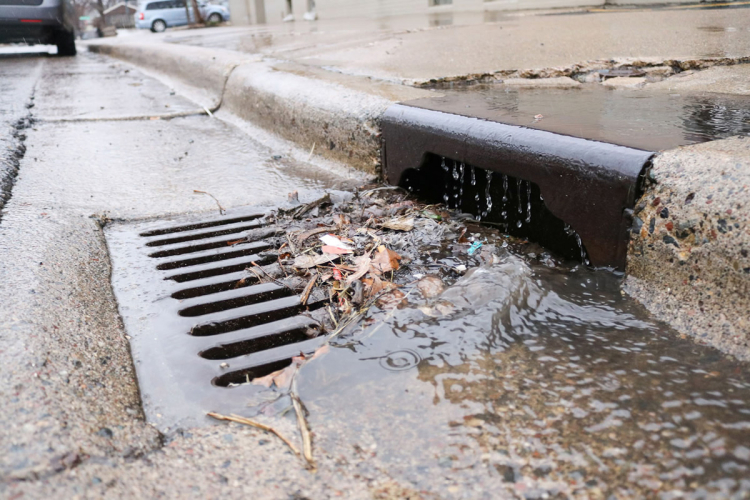
Rain that falls on impervious surfaces — roofs, parking areas, and roads — flows off these surfaces until it finds a storm drain or a place to soak into the ground. Along the way, the runoff picks up pollutants like trash, oil, pesticides, fertilizers, and sediment.
Storm drains do not take that runoff to a treatment facility, as many people assume. Usually, storm inlets found along streets convey runoff directly into the nearest stream. More rain and more development mean more runoff — too much for our streams to handle.
Fortunately, today's stormwater practices work to replicate nature by capturing and managing runoff close to where rain and snow land. Sometimes called Green Infrastructure, these practices cleanse stormwater and stem the volumes of runoff reaching waterways.
DIY Landscape Practices
Simple, do-it-yourself landscape practices can collectively cleanse and reduce runoff.
Backyard Stream Buffers
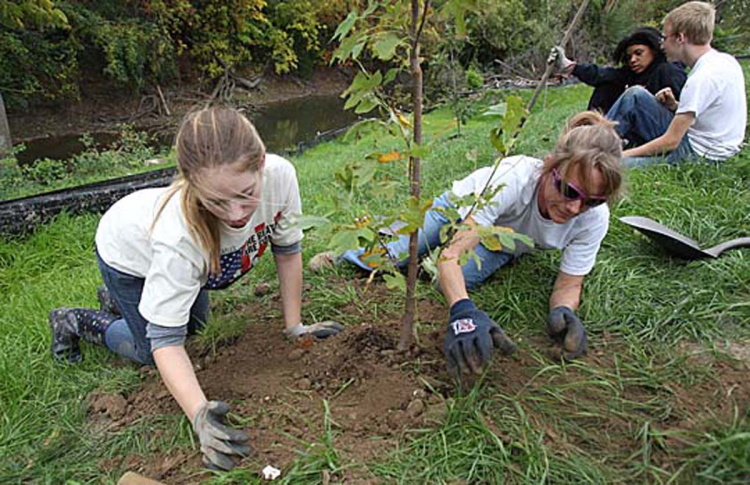
Instead of mowing to the water's edge, plant a buffer of native trees, shrubs and grasses along your backyard stream. If you strategically place plants, you will still have a great view of your stream.
Rain Gardens
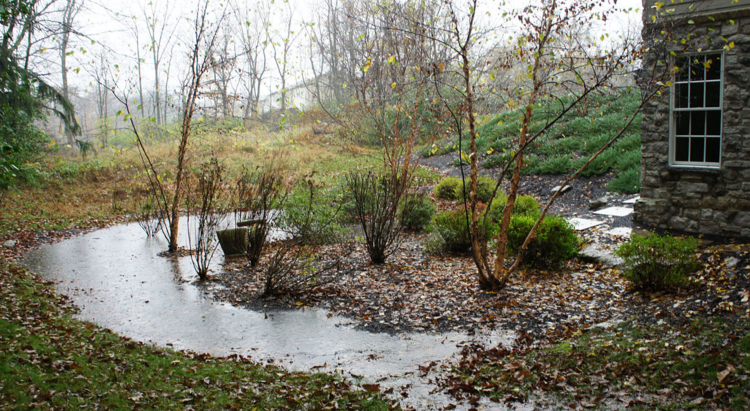
Residential rain gardens capture and treat runoff from rooftops. Smaller scale measures scattered throughout developed areas do a better job of handling today's more frequent, smaller storms.
Community Investments
Community-level projects enhance neighborhoods and improve water quality. Public parks can be ideal places to implement green infrastructure practices.
Park Retrofit
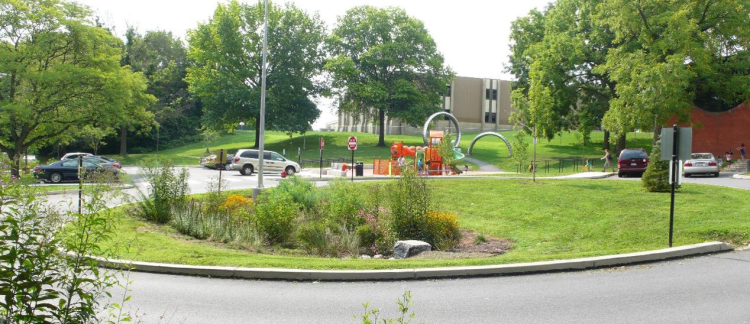
A retrofit of Brandon Park in the City of Lancaster, PA, combines permeable surfaces in the playground and basketball courts with rain gardens. The changes have removed over 3 million gallons of storm water from the City’s sewer system annually.
Pervious Pavement
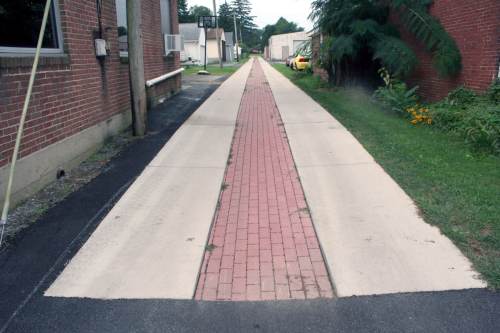
Limekiln Alley in Wrightsville Borough is York County, PA's first green alley. It allows rain water to infiltrate through pervious brick pavers, beneath which there is a drain field with stone and a perforated pipe.
Collaboration & Education
SRBC’s non-regulatory role in stormwater management allows it to facilitate a number of collaborative networks that are used to share technical expertise and create partnerships to solve stormwater management challenges.
Understanding the Data
SRBC is a valuable source of data for stormwater planning. Staff manage a variety of online data portals that offer water quality and water flow information.
State-of-the-art monitoring technology provides sound data that guide informed decisions on BMP approaches.